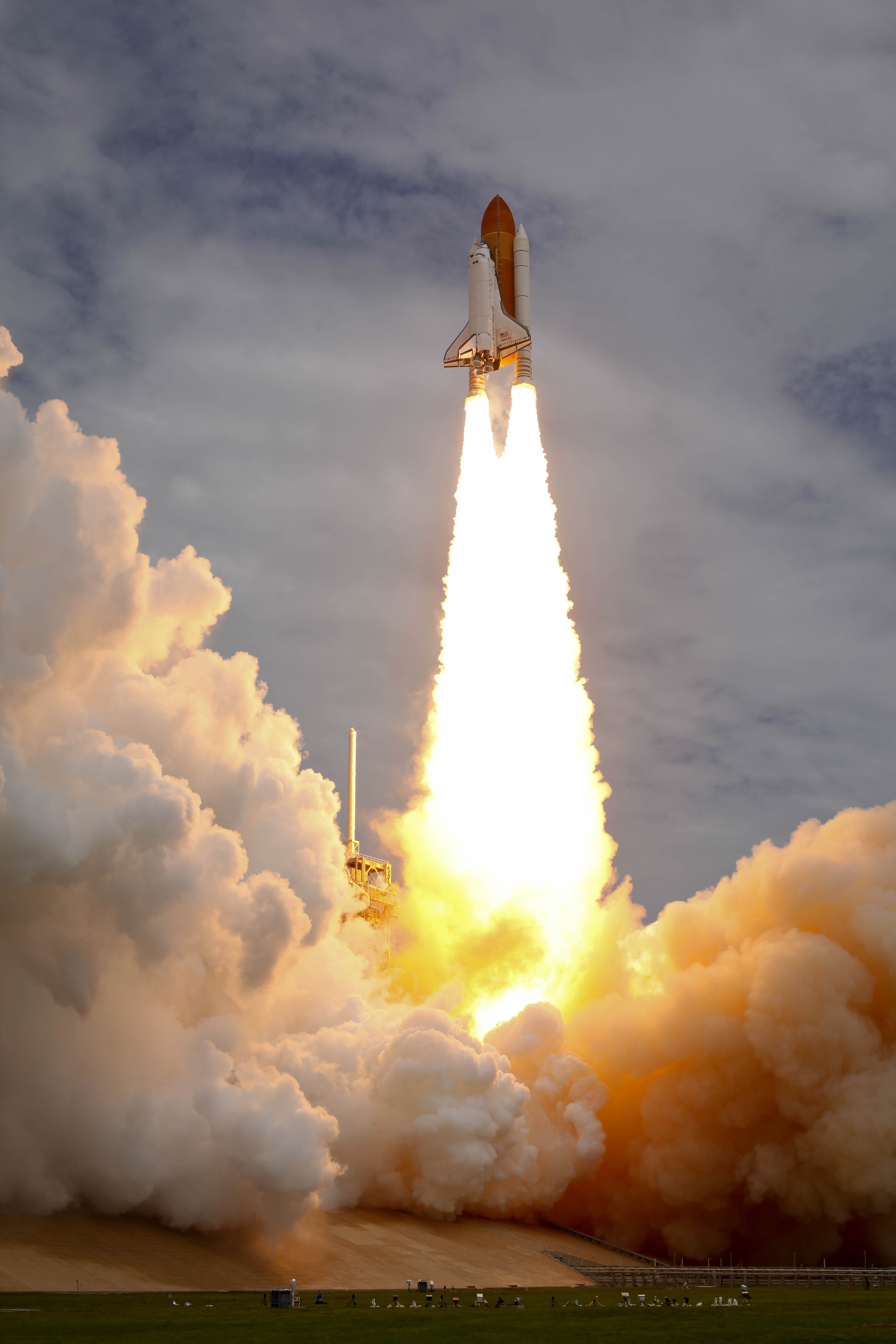


NASA LAUNCH SERIES
The first in a series of increasingly complex missions, Artemis I will be an uncrewed flight that will provide a foundation for human deep space exploration, and demonstrate our commitment and capability to extend human existence to the Moon and beyond. The test will allow engineers to optimize how quickly imagery taken by cameras on the ends of the arrays can be transmitted to onboard recorders.Īrtemis I will be the first integrated flight test of NASA’s deep space exploration system: the Orion spacecraft, Space Launch System (SLS) rocket and the ground systems at Kennedy Space Center in Cape Canaveral, Florida. Flight controllers will vary the positioning of the solar arrays to test the Wi-Fi strength while the arrays are in different configurations. Solar array wing camera Wi-Fi characterizationĬameras affixed to the tips of the solar array wings communicate with Orion’s camera controller through an onboard Wi-Fi network. Once certified, the camera also can help Orion autonomously return home if it were to lose communication with Earth. Several times during the mission, the optical navigation camera will be tested to certify it for use on future flights. The Optical navigation camera is a secondary camera that takes images of the Moon and Earth to help orient the spacecraft by looking at the size and position of the celestial bodies in the image. These sensitive cameras take pictures of the star field around Orion, the Moon, and Earth, and compare the pictures to their built-in map of stars. This is responsible for always knowing where the spacecraft is located in space, which way it’s pointed, and where it’s going. Orion has an advanced guidance, navigation, and control (GN&C) system. Some of the additional objectives planned for the Artemis I mission include:ĭuring Artemis I, the uncrewed Orion spacecraft will launch on the most powerful rocket in the world and travel thousands of miles beyond the Moon, farther than any spacecraft built for humans has ever flown. This also provides extra data so engineers can assess trends in spacecraft performance or improve confidence in spacecraft capabilities. However, as the first integrated flight of the Space Launch System rocket, Orion spacecraft, and the exploration ground systems at NASA’s 21 st century spaceport in Florida, engineers hope to accomplish a host of additional test objectives to better understand how the spacecraft performs in space and prepare for future missions with crew.Īccomplishing additional objectives helps reduce risk for missions with a human crew aboard. These include demonstrating the performance of the Orion spacecraft’s heat shield from lunar return velocities, demonstrating operations and facilities during all mission phases from launch countdown through recovery, and retrieving the crew module for post-flight analysis. Credit: NASA.ĭuring Artemis I, which is scheduled to launch as early as August 29, NASA plans to accomplish several primary objectives. Meanwhile, Boeing is building the core stages for Artemis II and III.Ĭlick the + icons to learn more about the different components that form the Space Launch System.Animation of the Orion spacecraft flying around the Moon. It has been refurbished and delivered to Kennedy Space Center in Florida for integration with the rest of SLS. The Boeing-built core stage for the Artemis I mission has completed a series of tests known as Green Run at the agency’s Stennis Space Center in Mississippi. NASA’s Space Launch System (SLS) is the technologically advanced, heavy-lift rocket that will get us there.īoeing is the prime contractor for the design, development, test and production of the launch vehicle core stage and upper stages, as well as development of the flight avionics suite. What NASA and its commercial and international partners learn on and around the moon will enable astronauts to take the next giant leap - all the way to Mars. Now, with the NASA Artemis program - named after Apollo’s twin sister - Boeing will be part of landing the first woman and first person of color on the moon and the sustainable exploration of more of the lunar surface than ever before. Boeing people and products have powered giant leaps in human space exploration over the past five decades.


 0 kommentar(er)
0 kommentar(er)
